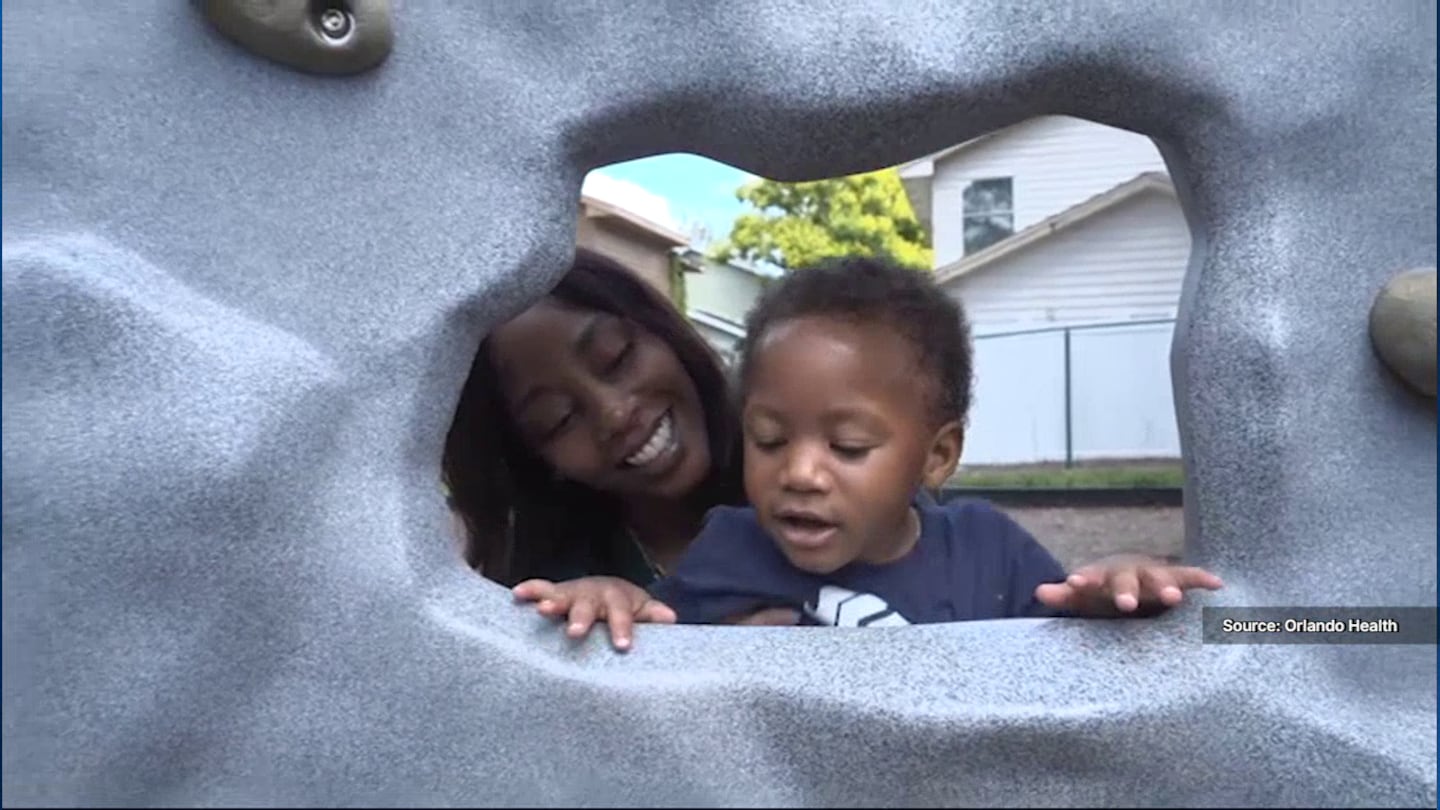ORLANDO, Fla. — Melissa Holmes, at 42 years old, became a mother for the second time in 2023, joining a growing trend of women giving birth later in life.
While the U.S. fertility rate fell by 1% from 2023 to 2024, births among women aged 40 to 44 increased, according to CDC data. This shift comes despite a common belief that women cannot safely give birth in their 40s.
“My experience with my pregnancy was a little traumatic in the beginning,” Holmes said, noting early complications but ultimately a successful delivery.
Dr. Natasha Spencer from Orlando Health explained that about a third of her maternity patients are over 35, and most experience routine pregnancies due to advances in prenatal technology.
Dr. Spencer highlighted the role of noninvasive prenatal screening (NIPS) in managing pregnancies for older women. “We do have NIPS testing, which is noninvasive prenatal screening that can detect the higher likelihood of or just risk stratification for the common three chromosomal anomalies,” she said.
These screenings, along with heart ultrasounds and anatomy scans, help doctors monitor fetal development and reduce risks. “They do require some additional screening... We do level two anatomy scans,” Spencer added.
Despite these advancements, an Orlando Health survey found that fewer than half of Americans are aware of these tools available for mothers over 35.
For Holmes, deciding to have another child was based on trust in her doctor and her instincts. “Listen to your body, and that was it,” she said.
“She didn’t press the issue because I’m older.”
Click here to download our free news, weather and smart TV apps. And click here to stream Channel 9 Eyewitness News live.
©2025 Cox Media Group






